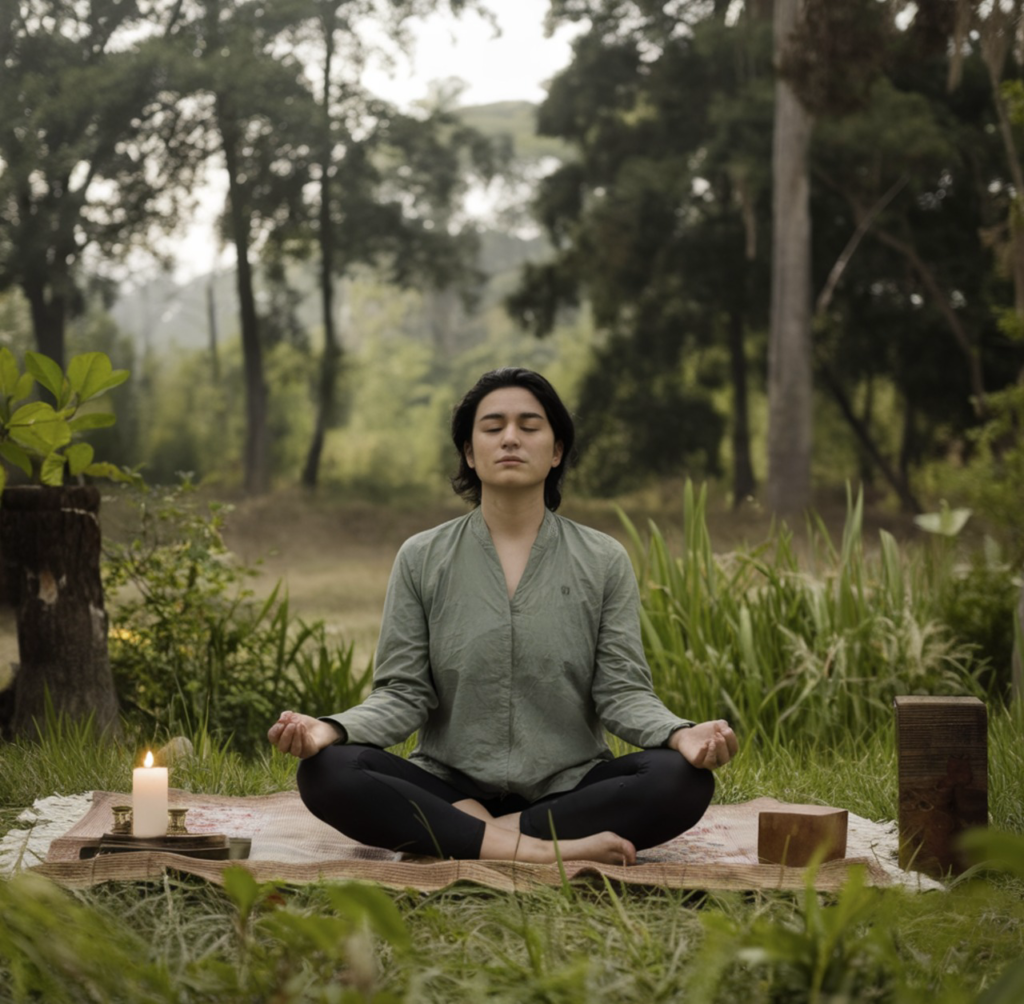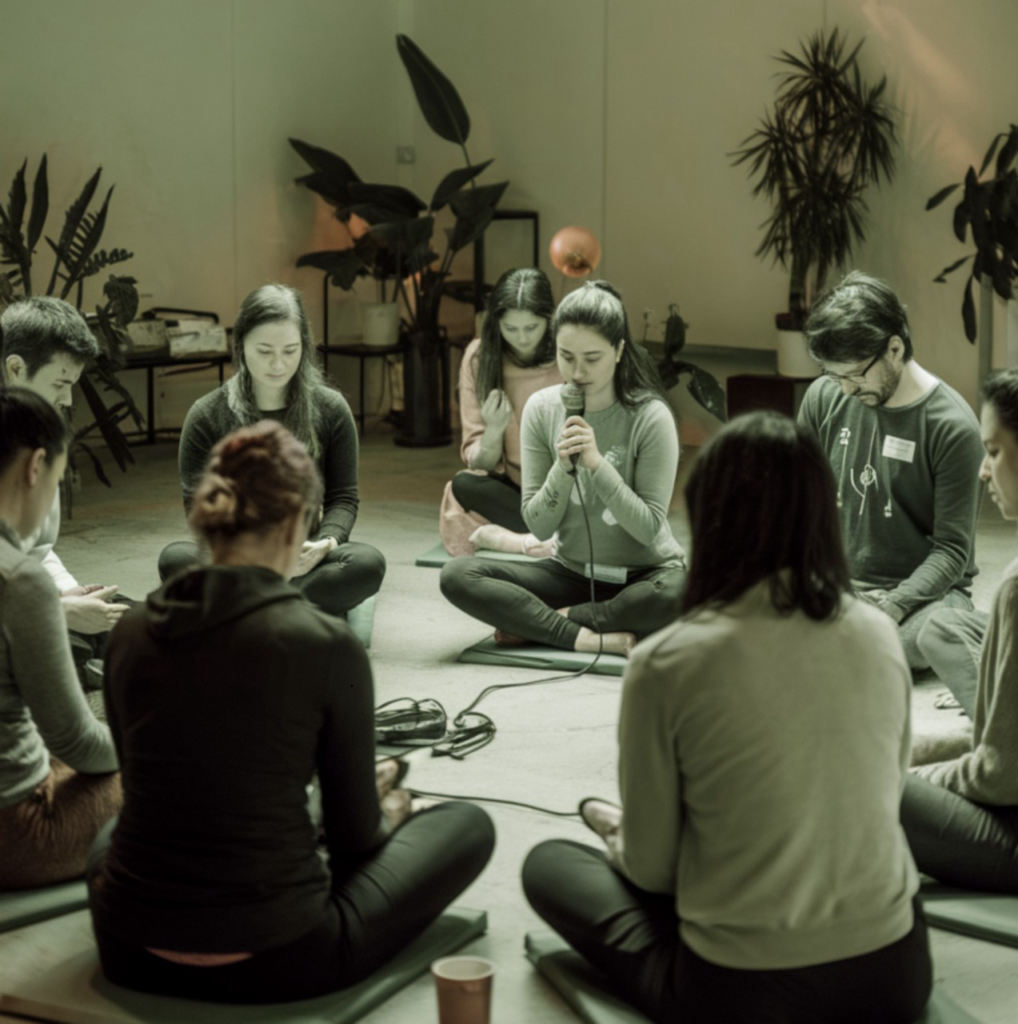Introduction
Life can feel stressful and busy. Taking time to practice mindfulness can help. Mindfulness exercises allow you to focus on the present moment. They can reduce stress, improve your focus, and help you feel more relaxed.
These exercises are easy to do and fit into daily life. For example, breathing exercises or mindful walking can make a big difference. To learn more, check out Mindfulne
What Are Mindfulness Exercises?
Mindfulness exercises help you focus on the present moment. They encourage awareness without judgment. In fact, they involve focusing on your breath, body, or surroundings, fostering awareness and reducing distractions. Moreover, these exercises help in cultivating a sense of gratitude and presence, which are often missing in our busy routines.
For example, simple breathing techniques or mindful walking can anchor you to the moment and help you feel more centered. Above all, they are easy to incorporate into daily life and provide long-term benefits. If you’re new to mindfulness, you might find it helpful to explore our introductory guide, “Hello World – Getting Started with Mindfulness.”

Benefits of Mindfulness Exercises
Before we dive into the “how-to,” it’s important to understand why mindfulness is essential. In addition to reducing stress, mindfulness offers numerous other benefits:
- Reduces Stress and Anxiety: Practicing mindfulness helps lower cortisol levels and creates a sense of calm. For example, mindful breathing can provide instant relief.
- Improves Focus: By training your mind to stay present, mindfulness sharpens concentration. Consequently, you’ll find it easier to complete tasks.
- Enhances Emotional Regulation: Mindfulness encourages thoughtful responses to emotions instead of impulsive reactions.
- Boosts Physical Health: Studies suggest that mindfulness can alleviate symptoms of chronic pain and improve sleep. Moreover, it supports cardiovascular health.
- Increases Self-Awareness: You’ll gain a better understanding of your thoughts, emotions, and behaviors. As a result, you can make positive changes.
How to Get Started with Mindfulness Exercises
Getting started with mindfulness doesn’t have to be daunting. In fact, with simple steps, anyone can begin a mindfulness practice. In addition, these exercises can be tailored to fit any lifestyle.

1. Basic Mindful Breathing
- Why It Works: Breathing serves as a natural anchor to bring your focus back to the present. Moreover, it’s accessible anytime, anywhere.
- How To Do It:
- Find a quiet space and sit comfortably.
- Close your eyes and take a deep breath in through your nose, counting to four.
- Hold your breath for four counts, then exhale slowly for four counts.
- Repeat this cycle for 5–10 minutes, focusing solely on your breath.
- Creative Variation: Try box breathing, where you visualize tracing a square with each breath. For instance, imagine drawing the square’s sides with your inhale, hold, exhale, and hold again.
2. The Body Scan Mindfulness Exercises
- Why It Works: This technique connects you with your physical sensations, allowing you to release tension. Additionally, it promotes relaxation and body awareness.
- How To Do It:
- Lie down or sit in a comfortable position.
- Close your eyes and take a deep breath.
- Begin at your toes, noticing any sensations or tension.
- Gradually move your focus upward, scanning each part of your body.
- End with a full-body awareness and a few deep breaths.
- Creative Variation: For instance, use a guided body scan meditation from Mindfulness Techniques for Beginners to deepen your experience. Above all, this is an excellent exercise for reducing physical stress.
3. The 5 Senses Mindfulness Exercises
- Why It Works: Engaging all five senses anchors you to the present moment, helping you break free from overwhelming thoughts.
- How To Do It:
- Name five things you can see.
- Identify four things you can touch.
- Notice three things you can hear.
- Recognize two things you can smell.
- Acknowledge one thing you can taste.
- Creative Variation: Practice this exercise outdoors for a more immersive experience. Similarly, you can adapt it for different settings, such as a workplace or during travel.

4. Mindful Walking
- Why It Works: This exercise combines movement with mindfulness, making it perfect for busy individuals.
- How To Do It:
- Choose a quiet path or trail.
- Walk slowly, focusing on the sensation of your feet touching the ground.
- Notice your surroundings—the rustling leaves, the warmth of the sun.
- Synchronize your breath with your steps.
- Creative Variation: On the other hand, practice mindful walking barefoot to heighten sensory awareness. Above all, this can be particularly refreshing in natural settings.
5. Loving-Kindness Meditation
- Why It Works: This practice fosters compassion and emotional well-being. In addition, it’s a great way to enhance your relationships.
- How To Do It:
- Sit comfortably and close your eyes.
- Think of someone you love and silently say: “May you be happy, may you be healthy, may you be safe.”
- Expand these wishes to yourself, then to others.
- Creative Variation: Use a visualization technique, imagining a warm light spreading to everyone. Moreover, you can extend this practice to strangers or even difficult relationships.

FAQs About Mindfulness Exercises
What is an example of a mindfulness activity?
An example is mindful breathing, where you focus entirely on your breath as it enters and leaves your body. In short, this simple exercise helps you stay present and reduces stress.
What is the 5 senses mindfulness exercise?
This grounding exercise involves identifying things you see, touch, hear, smell, and taste to bring your awareness to the present moment. As a result, it’s particularly effective for managing anxiety.
What are the 7 core principles of mindfulness?
The 7 principles are non-judging, patience, beginner’s mind, trust, non-striving, acceptance, and letting go. Above all, these principles encourage a balanced and non-critical approach to mindfulness.
How can I practice mindfulness daily?
Start with short, 5-minute practices like mindful breathing or gratitude journaling. In addition, use apps like Calm to create a routine. Moreover, try integrating mindfulness into daily tasks, such as eating or walking.
What are the 5 R’s of mindfulness?
The 5 R’s include Recognize, Respond, Reflect, Reset, and Recenter. In short, these steps help you manage stress effectively.
Conclusion
Mindfulness exercises are simple yet profound practices that can transform your mental and emotional well-being. Not only that, they are accessible to anyone willing to start, regardless of experience level. In conclusion, integrating mindfulness into your daily routine can help you achieve inner calm, improve focus, and cultivate compassion.
For more insights and resources, visit 4YourCalm. Additionally, you can explore these expert resources for deeper knowledge:
